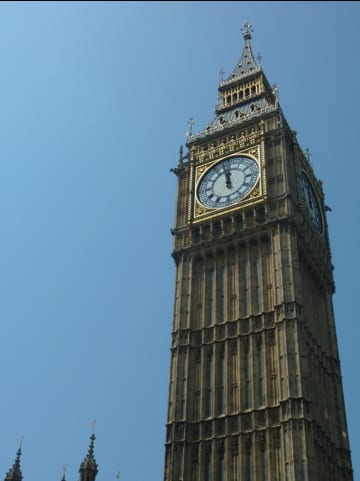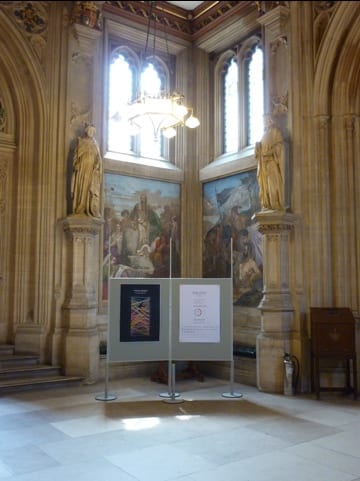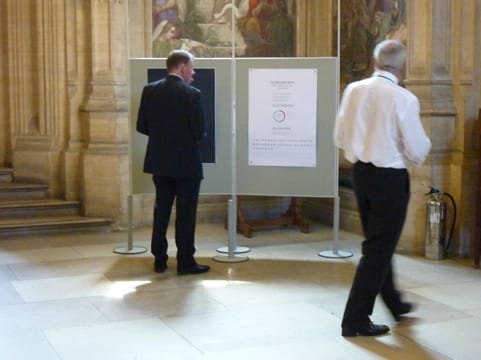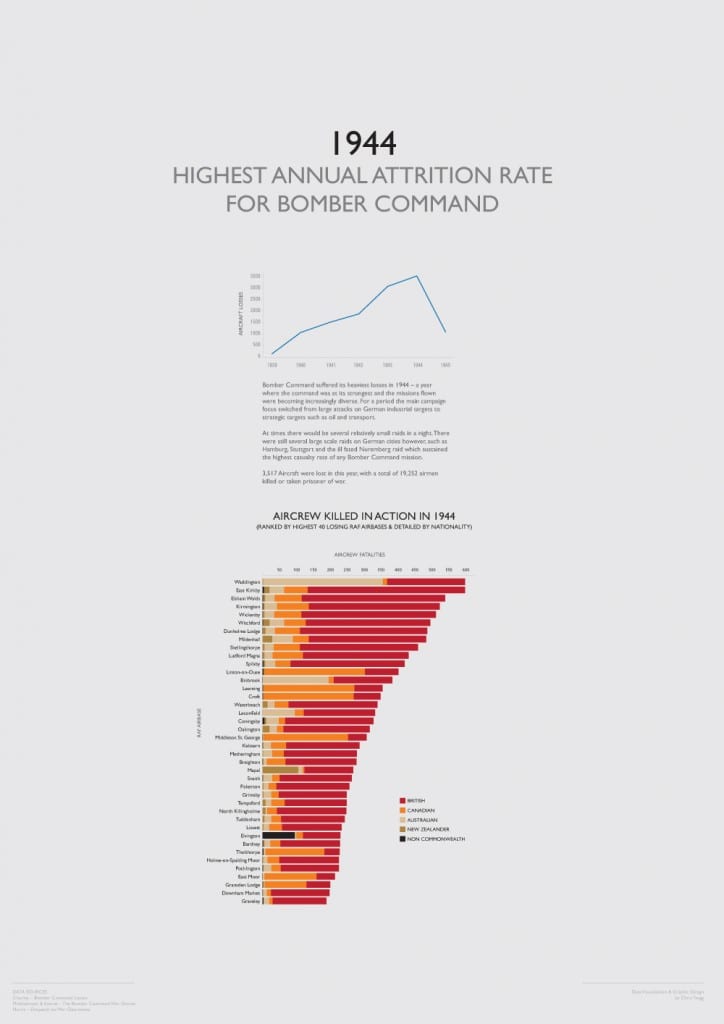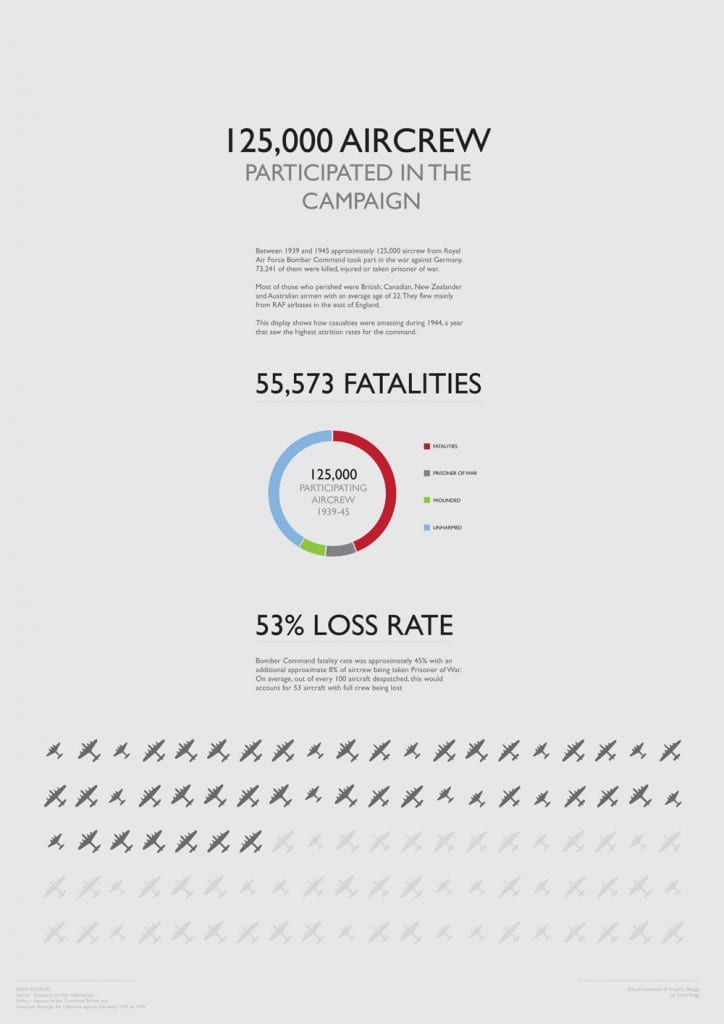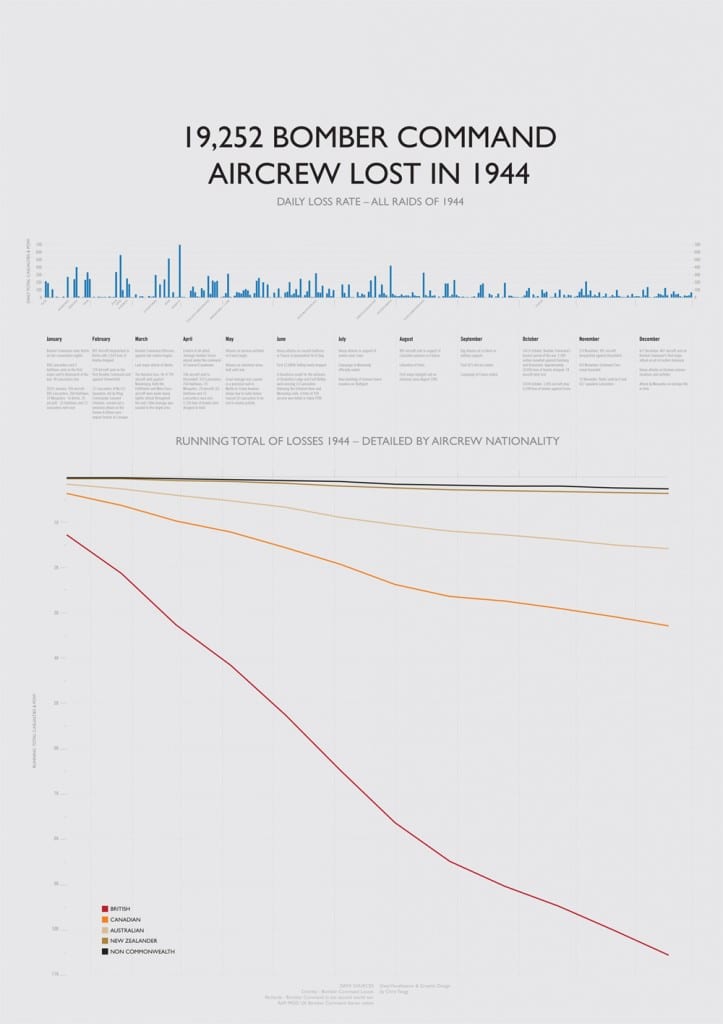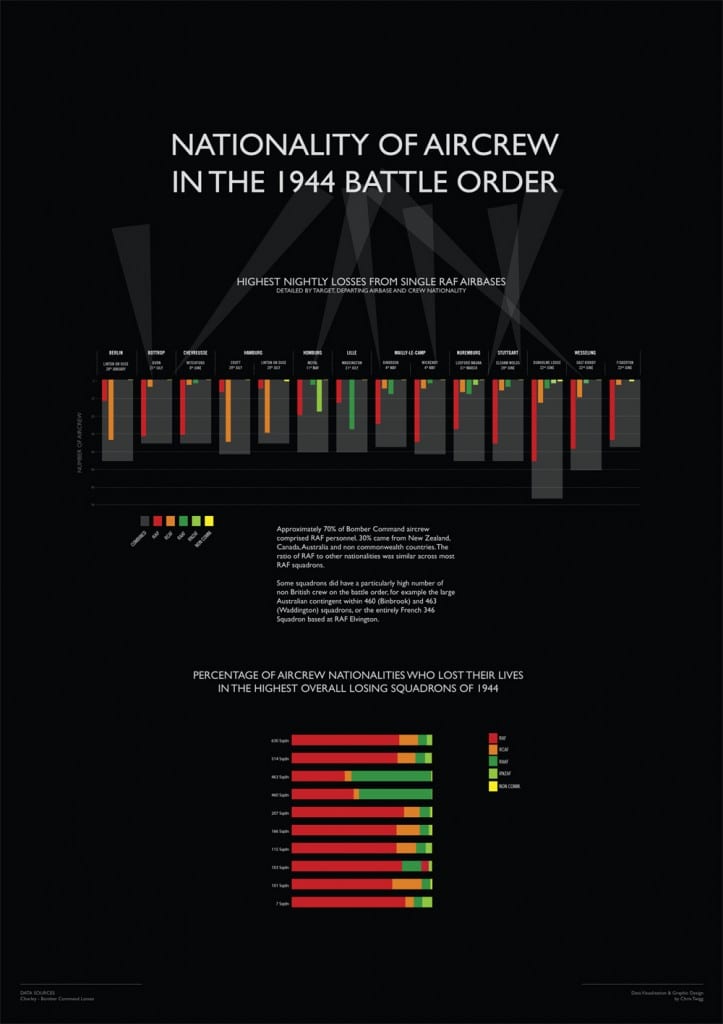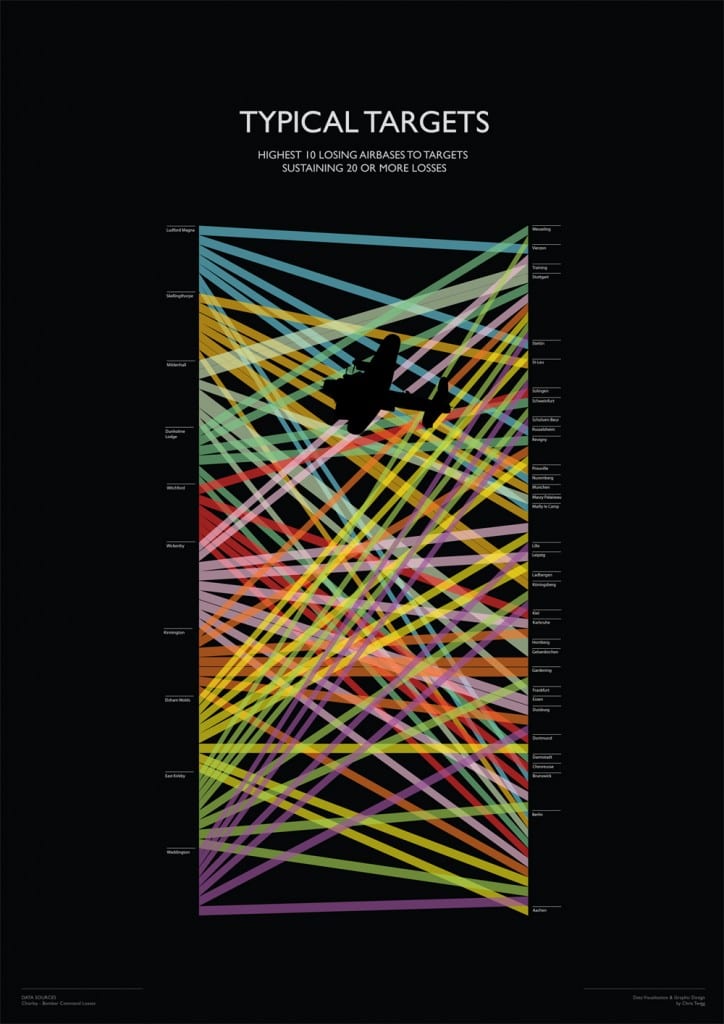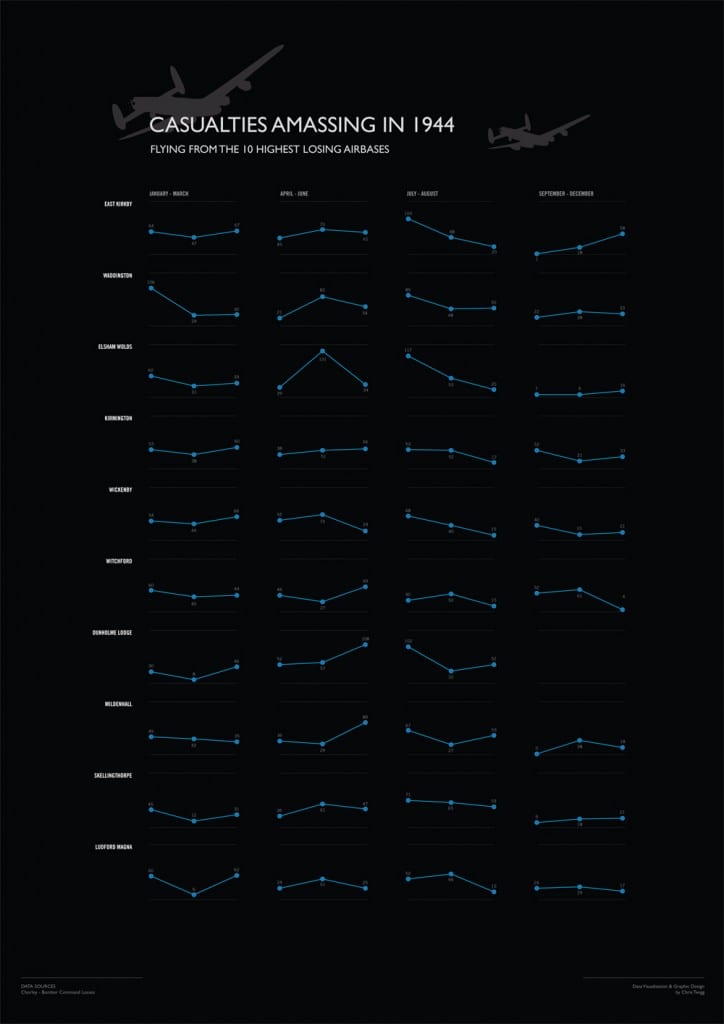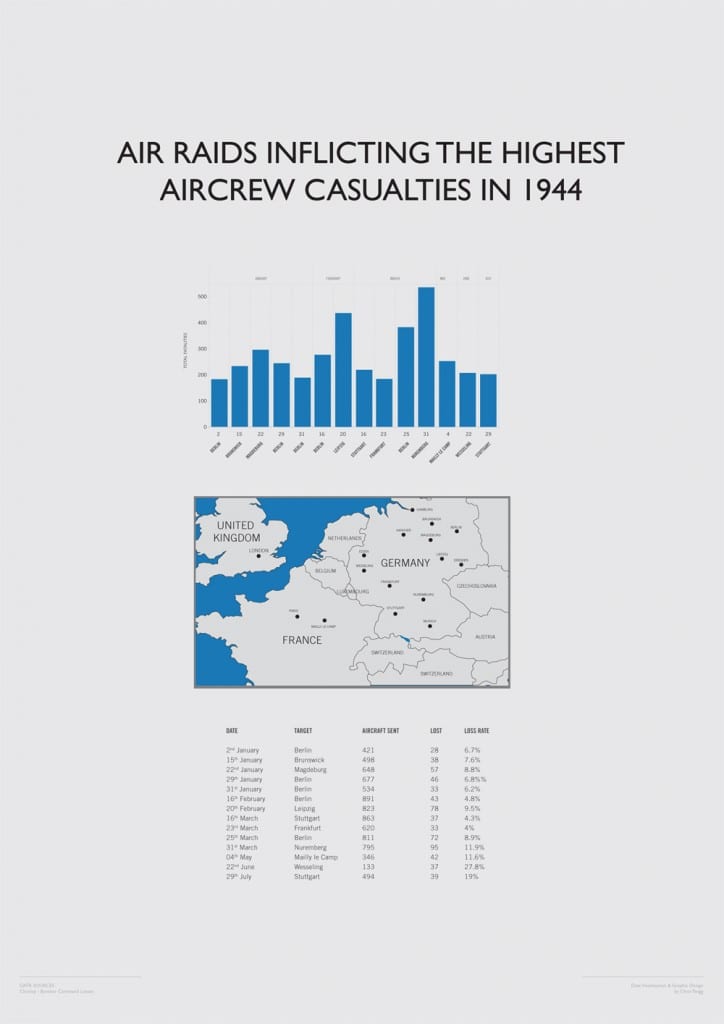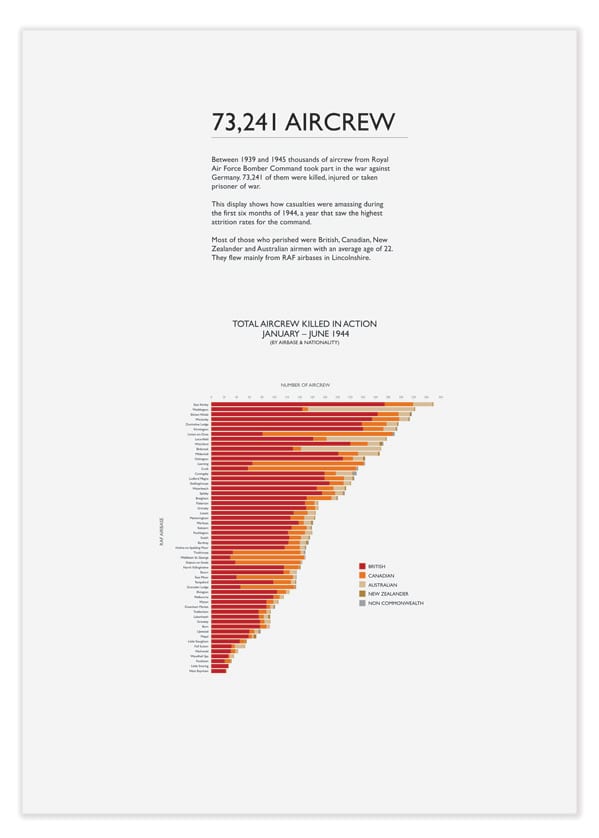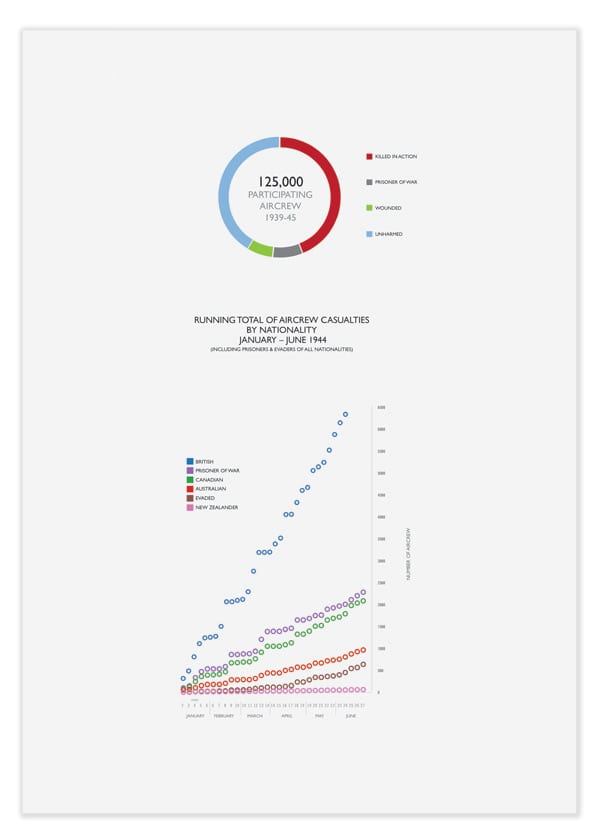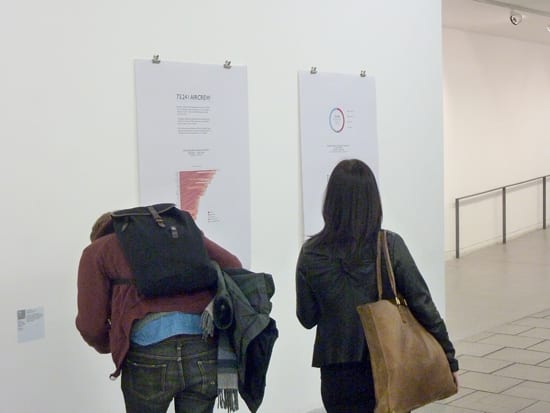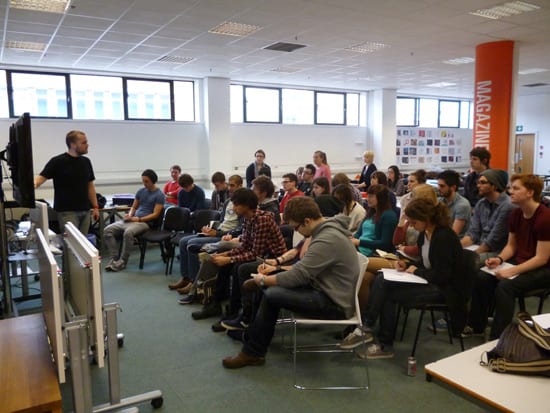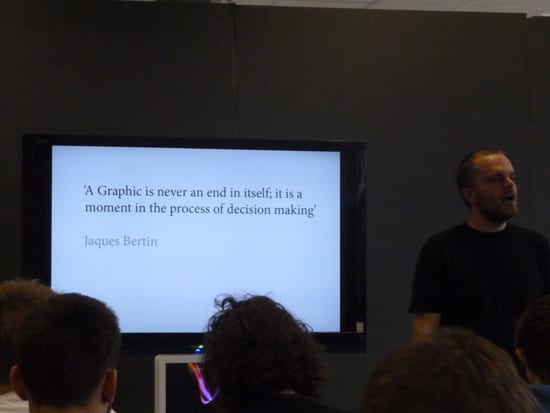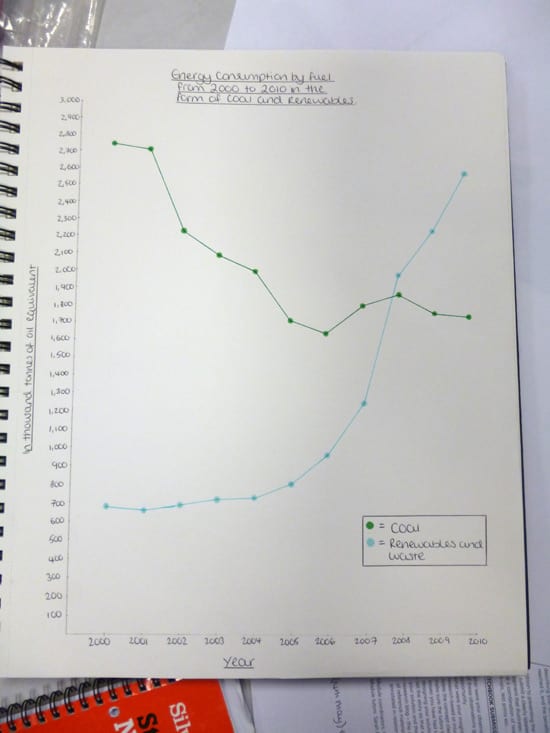As some of you who’ve followed my blog may already know, I’m a part time PhD student at the London College of Communication. That’s what I do for some of my time, and the rest is taken up running the Graphic Design course and teaching here at the University of Lincoln. It’s been too quiet on this blog I’m aware, and long solitary periods sometimes need to happen when you’re wrestling with research, learning and keeping everything just pinned down. Anyway, to save extending such an apologetic opening, I want to share with you now some insight’s gained from talking to practitioners recently about their involvement in storytelling and Data Visualisation.
As my research goes further down the road of data visualisation design and what I call ‘invitational’ aspects of datavis, in the context of data journalism and storytelling, it’s been very enlightening to talk with several people about specific aspects of their work in this area.
This time I want to say a ginormous thanks to Mirko Lorenz for his insight and response to the following research interview questions. What he has to say here raises interesting points around telling stories through data, both from the theoretical and practical points of view.
I turn now to the unabridged text of this interview. Thanks again to Mirko and comments are welcomed.
————————–
Chris: Please describe your job position and role.
Mirko: I am a journalist, information architect and trainer. Started in print in 1985 as a free lancer, then moved to online in 1995. I write, develop concepts, including wireframes, conceive new software and manage the process to get them working.
For the last 17 years I am working on new ideas for journalism and media companies. For the last six years I am a member of the Innovation Team of Deutsche Welle. We participate in EU funded ICT research (e.g. semantics, cloud computing) and aim to extract new concepts that could help in the newsroom.
Since 2010 I am active in the space of data-driven journalism. I organized a conference in Amsterdam together with Liliana Bounegru from EJC, speak often at events about it, tweet and network. With Nicolas Kayser-Bril and Gheoff McGee I wrote an article about a potential new position of media organizations in the future, which was published at Owni.eu and re-published by Nieman Lab.
Right now I am developing a curriculum, did trainings with journalists at organizations like Der Spiegel, Deutsche Welle, ABZV and recently for Mediacentar Sarajevo. One bigger current development is an open source data visualization tool called Datawrapper.de (with Nicolas Kayser-Bril and Gregor Aisch).
Chris: Please describe any challenges and opportunities data present to you in your daily work.
Mirko: Data, if understood, can add a layer of information that is deeper and more correct than other forms of journalism in certain cases and contexts. As a future perspective I would like to see techniques currently described as “Business Intelligence” into something new I would call “Public intelligence”: Media, institutions and individuals should be enabled to see and understand how an issue might affect them.
My favourite example here is the Rent or buy calculator, courtesy of the New York Times.
http://www.nytimes.com/interactive/business/buy-rent-calculator.html
Challenges are primarily training – the technologies that can be used are there, much of it is open source and free. Another challenge is to avoid making mistakes that could turn the generally positive development of open data, open source into something harmful.
Chris: Is it important that your audience can interact with the data in your work? (this could be for example via inviting user input and manipulation, social commentary facilities, sharing source code and data). If yes, can you explain how you feel this is beneficial?
Mirko: This depends. The main goal of the data transformation is to move away from quantity to quality. The aim is to tell stories. This can in many cases be combined with data interaction, data download or crowdsourcing. But, there are other data stories where the audience or the user simply expects to “see” the picture. So, interaction and manipulation are additional options, but should be applied when appropriate and when they advance the story. A good example is what the Guardian did around the MP expense scandal in 2009.
Chris: In the context of communicating with data presentations, do you aim to capture and make use of possible audience/user contributions and interpretations? If yes, can you explain how and why? If not, is this because it is less applicable/appropriate to your communication intentions?
Mirko: Again, depends. Take Hackathons and other forms of one day creativity creation. If planned well, these can build new communities, new ideas, etc. If there is no concept, they just waste a lot of time.
So, user contributions are great, but they should advance the story. (I know, I am repeating myself).
Chris: Is part of your communication goal to help your audience to analyse data themselves (exploring), to provide a representation of the data for your audience (explaining), or both? If both, does this depend on any external factors such as source material and communication context?
Mirko: Both. There are three main categories of news from my perspective:
(1) Assumptions about the world: This is breaking news – people check to see if anything happened close to them. If not, they quickly forget, even with important issues. So here, explaining why a remote issue is relevant, should be a big goal.
(2) Opportunities. New jobs, new things, anything that can be viewed as a move forward. People around the world are searching through information to find something that benefits them. Here, exploration of data can add substantial new options for reporting and information offerings.
Of course, both forms can be mixed, depending on the subject
(3) The fate of the others: Although quality journalists, etc. don’t like this too much, there is a third category, consisting of people and home stories as well as gossip. This is essentially “yellow press”. We are interested in anecdotal reports about celebrities, etc. though, it’s quite human. The reason why (from my point of view) is that we are enabled to compare whether someone richer/poorer might lead a better/worse life. Driven by social media this is actually gaining more attention. Put positively this can work as “social glue”, more negatively it is just diversion.
Chris: Is storytelling an important part of what you do? If yes, can you briefly explain how you see the role of data in storytelling?
Mirko: Story is key. To transform dry statistical material into something that provides new knowledge and might even change how people think, is the goal. Prime example is how Florence Nightingale reported about “Diagram of the causes of mortality of the army in the East” in 1854. This is a big story, on one sheet of paper. Transformed healthcare.
http://visual.ly/diagram-causes-mortality-army-east
http://understandinguncertainty.org/coxcombs
Chris: Do you anticipate that your audience will have little or lots of topical subject specialist knowledge and in what way might the form and scope of your data presentation be contingent on this?
Mirko: This is why story as structure and convention is so important. You can introduce almost anything to any audience, but to succeed something that is hidden must be transformed into scenes, that follow a certain structure (Beginning, middle, end). The simplification that is done by developing a story helps to make the content understandable.
Good recent examples are the reports about Olympic disciplines like swimming and 100 Meter Sprint by the New York Times.
Even further advanced are pieces about top athletes, again from the New York Times. Here, data is used to create scene after scene – after 1:30 you know more about baseball or tennis than ever before.
The stories below are built along classical narrative structure: A protagonist is introduced, then explored step by step. Both stories have a culmination point (e.g. when they freeze 1.200 throws of the baseball player in mid-air). Data and visualization techniques are use to provide new perspectives and insights. Watching both there is a certain pattern (e.g. when they compare the number of spins of the balls for both sports).
NYT: Mariano Rivera
NYT: Speed and Spin – – Nadals Lethal Forehand
Chris: Where you are communicating through data, how do you/your team typically make decisions about what and how much source data is necessary or appropriate to include within any single article/communication?
Mirko: Depends. Nightingale transformed healthcare with a small datasheet. Other instances, e.g. Arab Spring might have millions of data points. Again, not quantity, but quality and the potential story coming out of it are interesting.
Development is done by storyboarding, based on traditional questions like who, what, when and how….
Chris: In cases where data visualisations feature in your work, can you describe whether they are normally positioned along with accompanying text/images/visualisations or just used on their own? If either one or both, can you explain any decisions behind such placement?
Mirko: A picture as well as a graphic should always have one byline and tell a brief introduction story to enable the connection to the reader. These texts, if good, can be very, very short.
Chris: How do you evaluate or judge the success of the data presentation format that you create or use in your work?
Mirko: I would focus on getting quality feedback – like: I never thought about this like that. Quantity builds over time if you achieve this point of information and understanding.
Chris: Can you describe how practical limitations such as available time, skills and resources impact on your work?
Mirko: There are just too many offerings currently, plus too many areas of knowledge from code to software to techniques. So, one way is to enable both “quick data visualization” for some stories as well as really working a week or longer on bigger interactives.
——
Thanks once again to Mirko Lorenz for his insight and generous contribution to this research.

